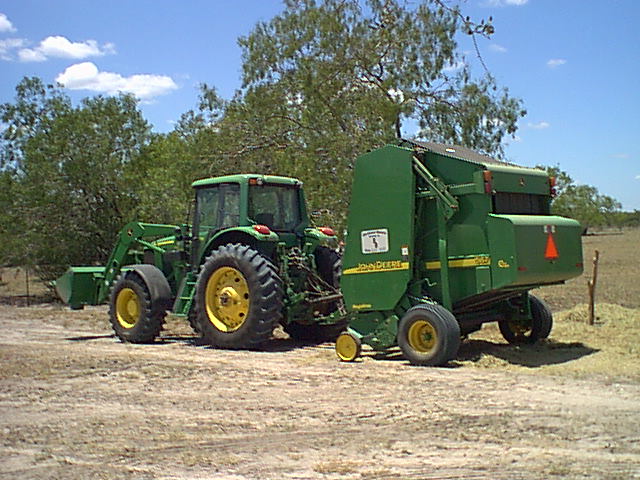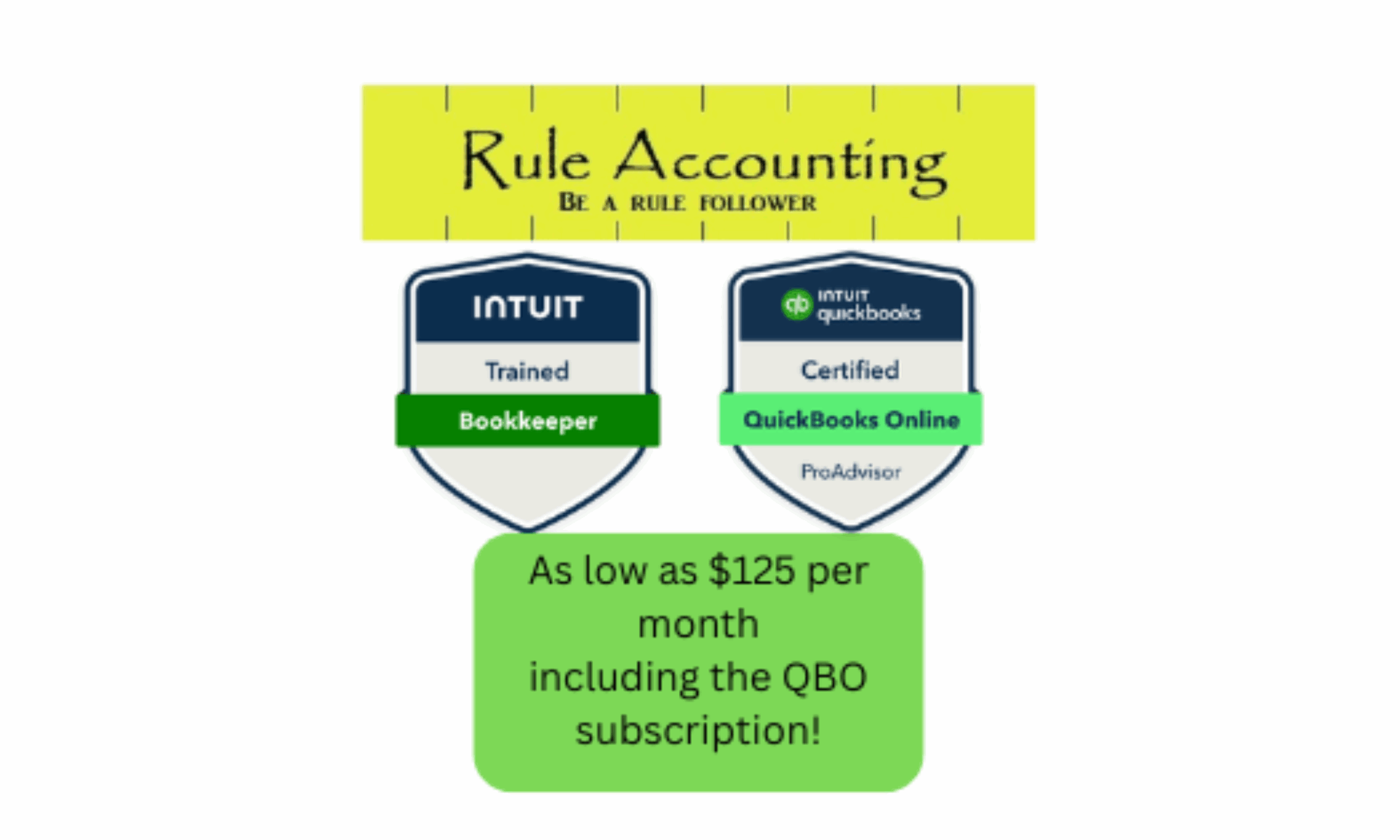Expenses are a fact of life. Because we all have expenses, we all need income. Hopefully our income is more than our expenses. In accounting, both income and expenses are considered temporary accounts. The reason being, both income and expenses are constantly fluid. They change daily. They come and go. There are five major accounts in accounting: Assets; Liabilities; Equity; Revenue; and Expenses. As mentioned above, revenue (income) and expenses are temporary accounts. Assets, Liabilities, and Equity are permanent accounts.
Continue reading “Accounting for Business v. Personal”Inventory, Supplies, & COGS
I am a member of the ranching community, so this article’s purpose is to empower ranchers on the business side of ranching. Financial institutions require ranchers to submit financial statements. There are two main important financial statements, the balance sheet and the income statement.
Inventory, supplies, and Cost of Goods Sold (COGS) are terms used in accounting. Most everyone is familiar with the terms inventory and supplies. COGS is somewhat vague. All three of those terms refer to items used and paid for, in your business. When you purchase a bale of hay, or a load of hay, which of these three terms should be used. The correct answer is, with inventory and supplies, it depends. COGS is always used with inventory.
Continue reading “Inventory, Supplies, & COGS”True Cost of Baling Hay

Ranchers know baling hay is expensive, however some ranchers still sell their hay for remarkably low prices. Throughout this article, I will refer to hay balers/sellers as ranchers. To produce a bale of hay, there are variable cost and fixed cost. Hay that is sold cheap only takes the variable cost in consideration. Let me back up some. Fuel, net, wire, labor, fertilizer, and herbicide are variable costs. As we all know, not all hay is fertilized and sprayed, thus some cheap hay does not have that added variable costs.
Continue reading “True Cost of Baling Hay”True Cost of Ranching

Ranchers know their choice of livelihood may not be an easy life filled with weekly paychecks, Christmas bonuses, unlimited labor and financial resources, but ranchers choose that live because that is the life for them. Ranchers would be bored to death living in a subdivision. Where would they park all of their trailers? Ranchers know there are many benefits to ranching for a living, but the real beauty of ranching is freedom of choice.
Continue reading “True Cost of Ranching”Cash vs Accrual Accounting
My area of expertise is in the ranching industry. I suspect most ranchers use the cash method. For my ranch, I use the cash method for tax purposes. The cash method is considerably less costly than the accrual method.
The IRS graciously allows most of us to use the cash method. Small business taxpayers. Effective for tax years beginning after 2017, the Tax Cuts and Jobs Act (P.L. 115-97) expanded the eligibility of small business taxpayers to use the cash method of accounting.
With that being said, I do use the accrual method for my ranching operation’s books. Cash method for the IRS and accrual for cost control. Ranching is a very competitive market, thus the margins are small. Without through accounting it is impossible to determine what your true costs are.
No one would sell a 1500 pound round bale of hay for less than what they have in it. It is easy to determine your fertilizer and net-wrap cost per bale. Not so easy to determine all of the many other incidental cost to produce that round bale. With a good team working together to keep accurate records of daily transactions, the accrual method of accounting will allow accurate cost reports for greater decision making.
A big part of ranching is inventory control. That includes hay and feed, fuel, raised cattle, purchased cattle, and equipment use. Every revenue stream should have a corresponding cost stream. Gross Profit may then be calculated. Overhead costs is everything else. The more of your costs that you are able to put into a corresponding cost stream, the less your overhead will be. Overhead is paid for out of Gross Profit.
Cost control requires the use of spread sheets and pivot tables for analysis. This is what accountants are for.
Brett Bickham, May 24, 2020
Clifton, TX
Run It Into the Ground?

I have been asking myself this question for years. How long should I keep my tractor or any other item I am depreciating? I am not alone in this question. This debate has been around for as long as accounting has been around. Well maybe not. Accounting began in the 15th century to aid merchants in European and Mediterranean countries. Florence, Italy was a mecca for international trade back in the day. About that same time was the shift from Roman numbers to Arabic numbers. Depreciating capital assets came later.
Continue reading “Run It Into the Ground?”